Regular maintenance is vital for ensuring your Honda’s peak performance and longevity. Honda recommends the B13 service as an important service, either its CRV, Pilot, Accord, Odyssey, or Civic. Failure to execute this vehicle service can result in reduced performance, greater fuel consumption, and potential damage over time.
What is the Honda B13 Service?
The B13 service includes an oil change, tire rotation, and complete inspection of the car’s different systems and parts, including the brakes, navigation, suspension, and exhaust. The “B” in the code denotes general maintenance, while the “13” denotes the particular parts that must be checked and maintained.
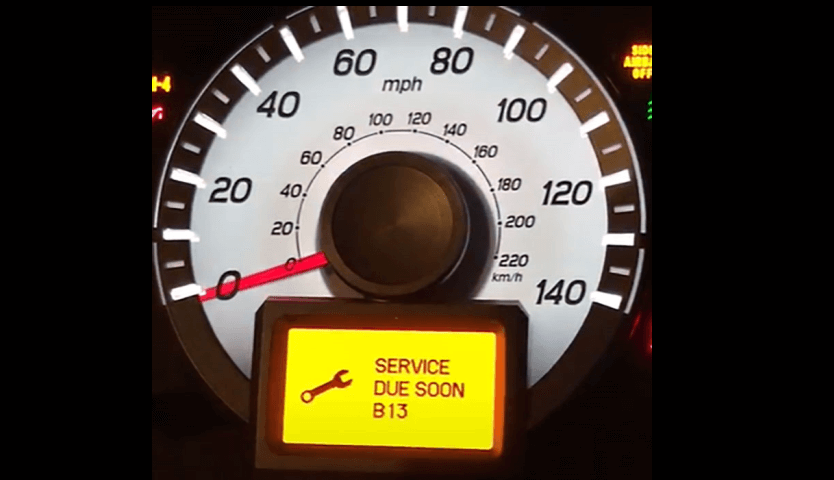
Checklist of B13 Service
Here are some of the service checklists involved in the B13 maintenance:
1. Engine Oil Replacement
Engine oil plays a crucial role in ensuring your engine functions properly by lubricating moving components and protecting them from damage caused by friction and heat. Oil may get polluted and lose its efficacy with time, which is why it is critical to change it frequently. Premium synthetic oil is suggested for the outstanding performance needs of racing. During the oil change process, the mechanic will also inspect and replace the oil filter as necessary.
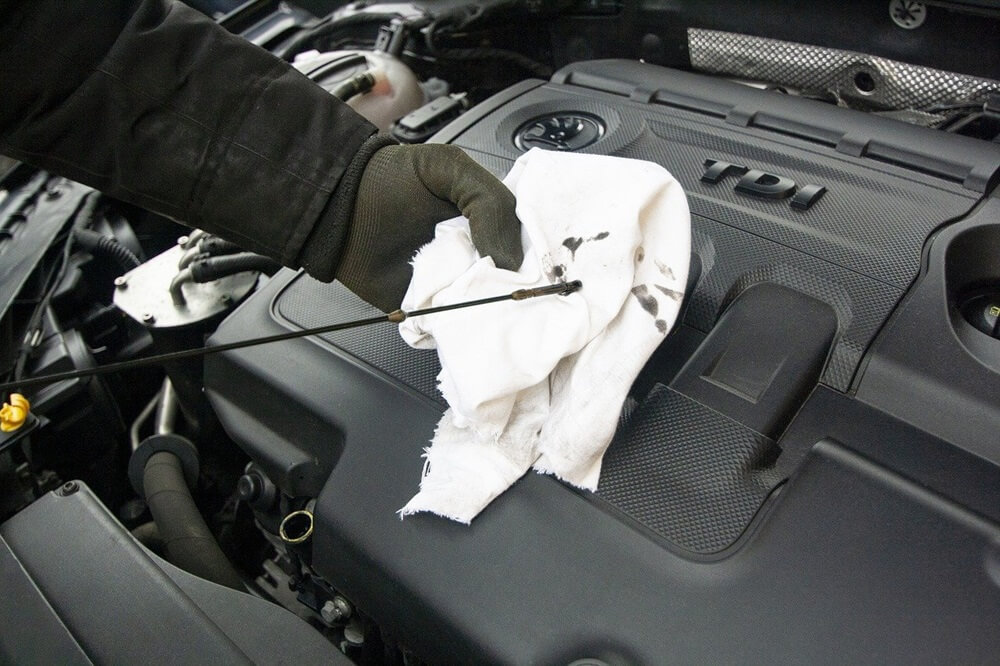
2. Tire Rotation Service
The tires control the vehicle’s steering, handling, brakes, and acceleration. If you service your tires more frequently, your car will last longer. Tyre rotation is included with the B13 service and helps to maintain even treads for an enjoyable and smoother ride.
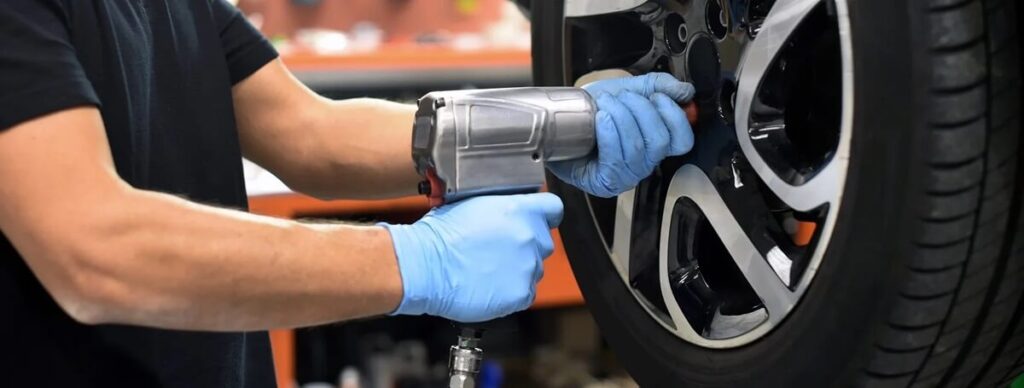
3. Replacement of Filters
By filtering impurities out of the oil, engine filters help to keep the engine clean. If these pollutants are allowed to accumulate, they begin to break down the engine’s surface and limit its performance. If fuel filters become overloaded, they may fail to effectively remove contaminants from motor oil. If these impurities make their way into the moving parts of the engine, they can result in permanent damage. Regularly replacing filters is essential to prevent such issues and ensure the engine’s longevity and efficient operation.
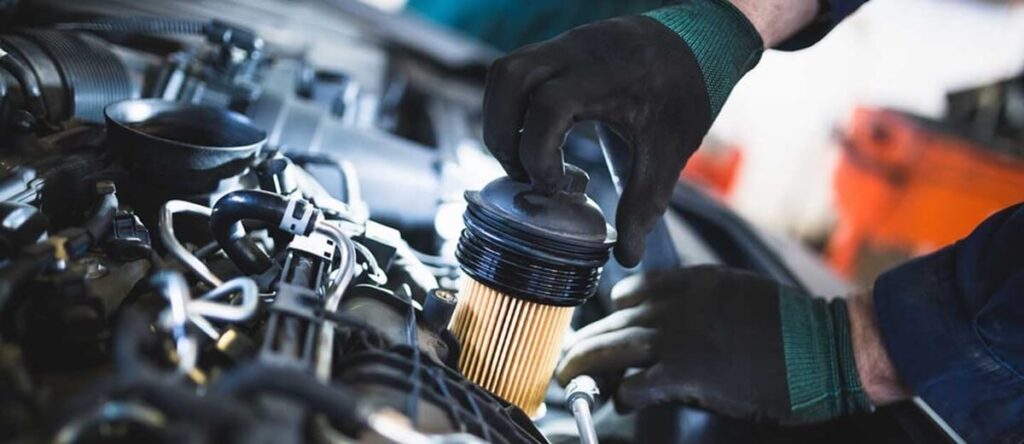
4. Transmission Fluid Change
Transmission fluid lubricates and cools critical elements of the engine transmission. Furthermore, the transmission fluid maintains and purifies the metal components of the Honda gearbox system. This mechanism helps to transfer power from the engine to the wheels. Routine maintenance conducted by a skilled technician will boost the vehicle’s lifespan and performance.
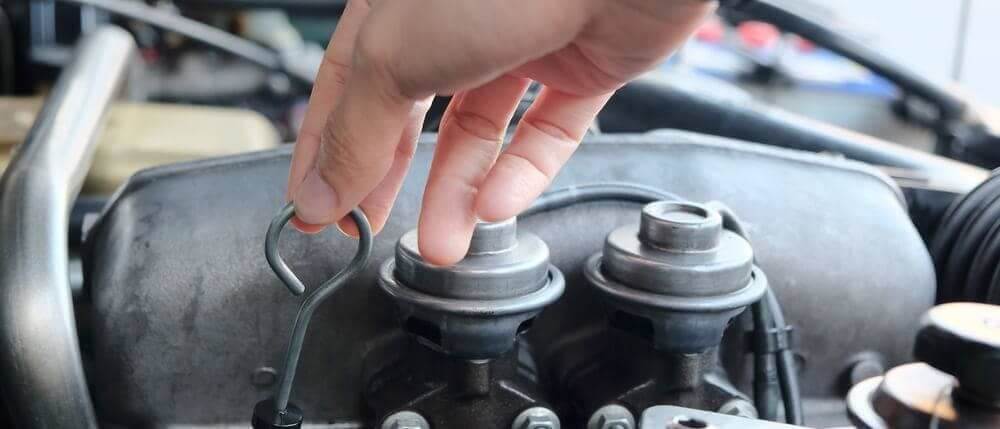
When To Change Engine Oil and Transmission Fluid?
Experts recommend changing the engine oil every 5,000 to 7,000 miles, depending on the type and model of the car. Furthermore, if you detect any indicators of unclean or dark-colored fuel, it’s advisable to replace it sooner. Transmission fluid is normally recommended to be changed every 30,000 to 60,000 miles, based on the specific model of your vehicle.
Similar Posts:
How To Reset The B13 Overdue Maintenance?
Resetting the oil maintenance light on a Honda Civic is an easy task that can be accomplished in a matter of minutes. Here’s what you should do. Switch the ignition to the “On” position without starting the engine. Press and hold the “Select/Reset” button on the dashboard until the service code disappears, which should take about 10 seconds.
Is B13 Honda Service Required?
These repairs will keep your car running efficiently and ensure that possible problems are identified and handled before they turn into more serious issues. Neglecting the B13 service can lead to reduced performance, increased fuel consumption, and possibly severe vehicle damage over time.
Honda B13 Service Cost
Conclusion
The B13 maintenance is an important aspect of maintaining your vehicle’s performance and longevity. This service should be performed frequently to keep your car running smoothly and to avoid expensive maintenance in the future.
You can keep your car in good condition by following the manufacturer’s recommended service schedule and taking it to a reliable repair shop.


![[Explained] Honda B13 Service: Meaning, Checklist & How to Reset Honda B13 Service](https://carstale.com/wp-content/uploads/honda-b13-service-1024x457.jpg)